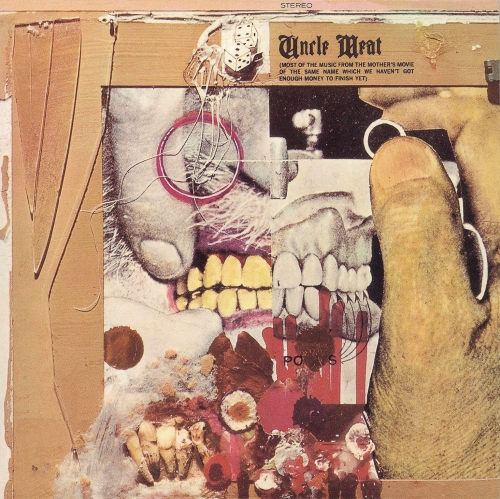The arc of Kodály’s career as an ethnomusicologist appears to have been a consciously, even artistically, designed path.
In the early 20th century he traveled the Hungarian countryside along with Béla Bartók to document and research Hungarian musical traditions; both composers were influenced tremendously by this pursuit.
After World War II, the focus of Kodály’s ethnomusicological activities was the publication of A magyar népzene tára/Corpus musicae popularis Hungaricae, the critical edition of all Hungarian traditional music. For this undertaking he established the first scientific research group for ethnomusicology in Hungary, the Népzenekutató Csoport, which served as a workshop for the modern Hungarian school of ethnomusicologists.
This according to Kodály, a népzenekutató és tudományos műhelye by Olga Szalay (Budapest: Akadémiai Kiadó, 2004).
Today is Kodály’s 130th birthday! Below, a flash mob performance of his setting of Esti dal, a traditional song that he collected in northern Hungary in 1922.
Related article: Kodály and somatic eruption












